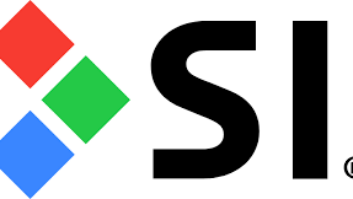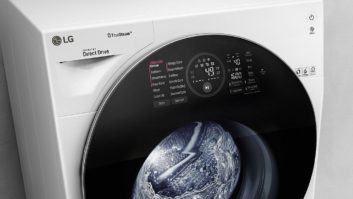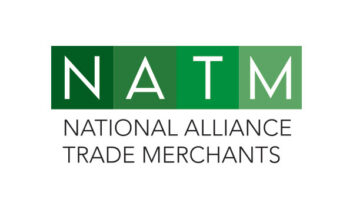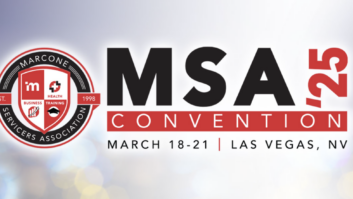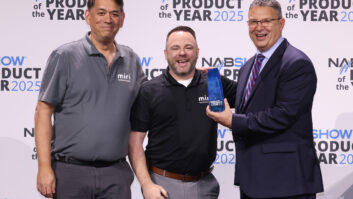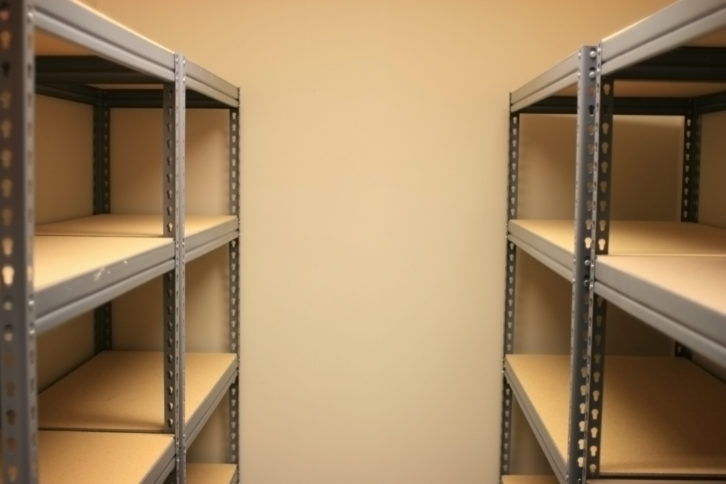
Last week Mark and I were talking about the inventory shortages that have plagued our industry over the past 9-10 months; how we have been impacted and what we have each done to mitigate the risk. There have been many reasons and sources of the shortages: the AKM factory fire in Japan took out the company’s entire DAC manufacturing capacity, which supplied brands such as Denon, Marantz, Onkyo, and others; Sonos experienced unprecedented backorders for almost everything in their product line; and the manufacturers relying on Chinese manufacturing or subcomponents were negatively impacted due to restrictions and capacity issues due to Covid-19.
We have found that it takes a lot of planning, forecasting, and capital to withstand these disruptions at the dealer level. There are essentially three options to undertake:
- Delay projects, if your clients will let you.
- Purchase substitute product, often at retail, as large retailers often have more inventory.
- Keep more inventory on-hand and reorder frequently to ensure a steady supply.
Trust me, we have tried all of these.
Delaying projects tends to be the easiest to undertake as it feels like all it requires are some phone calls and rescheduling. But take into consideration the delayed payments, sitting on the other inventory for the project, client disappointment, and, critically, the potential to losing the project to a dealer who is in a better inventory position, and it quickly becomes clear that this is not such a panacea as it initially appears.
Purchasing substitute product is sometimes an option, but there are many hurdles to clear here as well. First of all, the client has to be made aware of the substitution and has to approve it. Secondly, even if you can get the product, now you are supporting something long term with which you and your team are not familiar, possibly causing service issues in the future. Maybe with an AVR or a dumb amp, it isn’t much of an issue, but trying to troubleshoot different network gear or video matrices for a one-off solution can lead to years of headaches. Finally, you are not the only one looking for substitutes. For a long time, there just were not any AVRs available in the marketplace, unless you were able to convince a client to increase the budget for a top-of-the-line model, which don’t sell as fast and therefore were still in inventory.
Stocking inventory, while a little scary, is the best bet, if done intelligently. Mark has always preached the benefit of reducing working capital (optimizing working capital is basically locking up as little of your own money as possible in things like inventory, accounts receivable, and other capital-intensive uses, while using your accounts payable and vendor inventory to reduce the demands on your cash flow). Holding more inventory clearly goes counter to this strategy. However, if you have been smart about your working capital in good times, you should have the excess bandwidth to stretch a little bit and bring in more of the most critical components.
Early on in the pandemic, we both stocked up on network hardware, correctly anticipating that clients working from home would need beefed-up network infrastructure. That paid off handsomely as many product lines went into backorder and we both had thousands of dollars of inventory to carry us through those first couple of months. We went beyond just stocking up, however. We continued to regularly place restocking orders, so that as inventory came into our partners’ warehouses, we would get some allocations and maintain stock. We have continued this strategy with the inventory woes faced by Sonos. Since the summer, Sonos has been back ordered 30-90 days on basics like Amps, Subs, Arcs, Beams. and more. By keeping a few weeks of inventory in-house and continually placing replenishment inventory for the SKUs we use regularly, we have been able to maintain workflow and minimize project delays, while maintaining a steady flow of revenue into the business.
I know it may be scary to be sitting on $10,000, $20,000, or even $50,000 of inventory, but do it smart. Do not sit on too many AVRs – the models change every year and you may end up with an obsolescence issue. However, Sonos product does not change very often and holding onto some inventory of the newest products is very low risk. Same with network equipment. With the introduction of Wi-Fi 6, any AP that supports this protocol should be good for at least two years, if not more.
Make sure you do it right and do it smart, but make sure you keep on-hand what you need to satisfy your clients’ requirements so you can maintain your revenue stream and not lose jobs to those who are willing to hold some inventory.
This article originally ran on residentialsystems.com
See also: Another View: Online Sees A Surge In interest In Consumer Electronics





